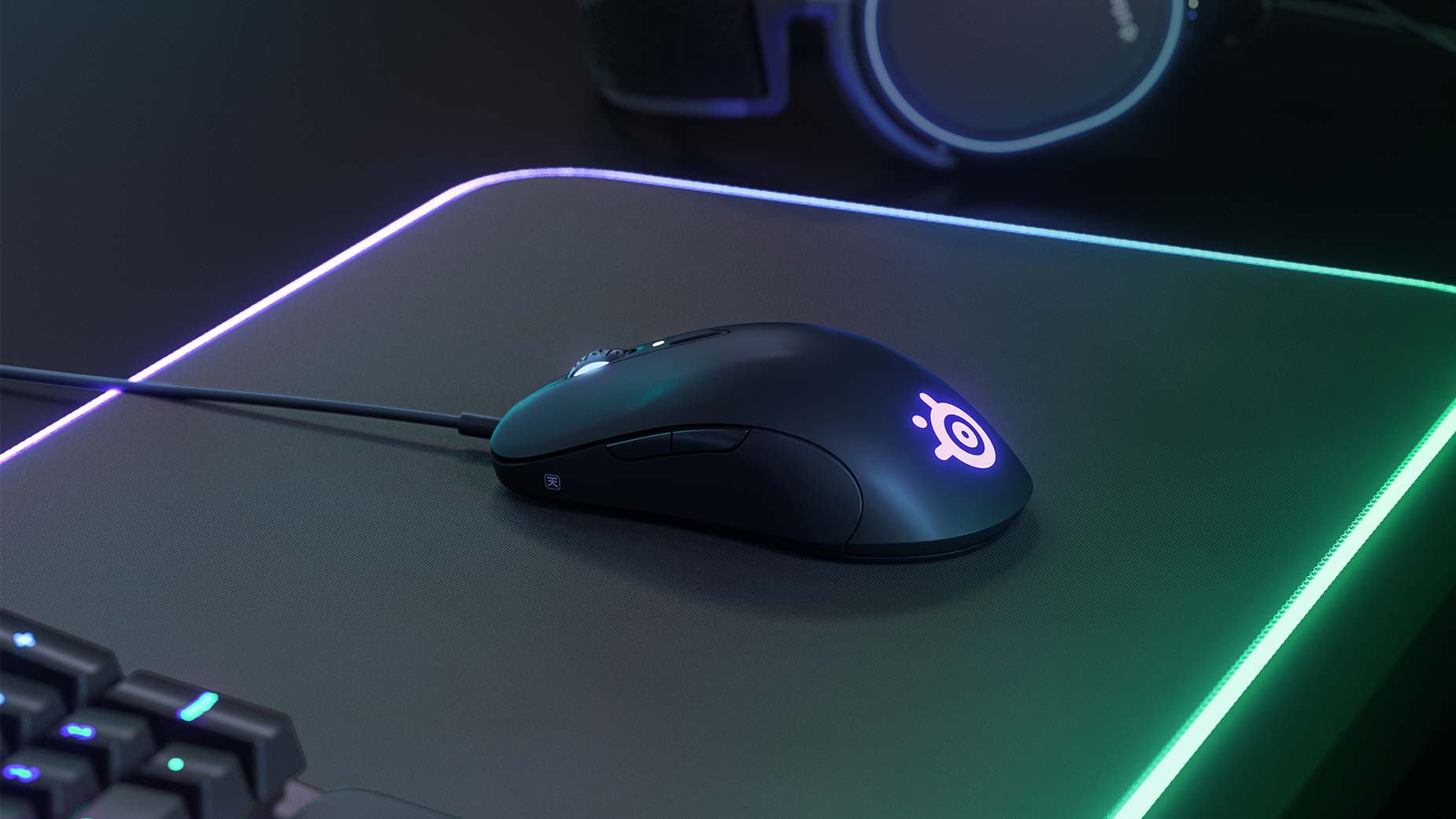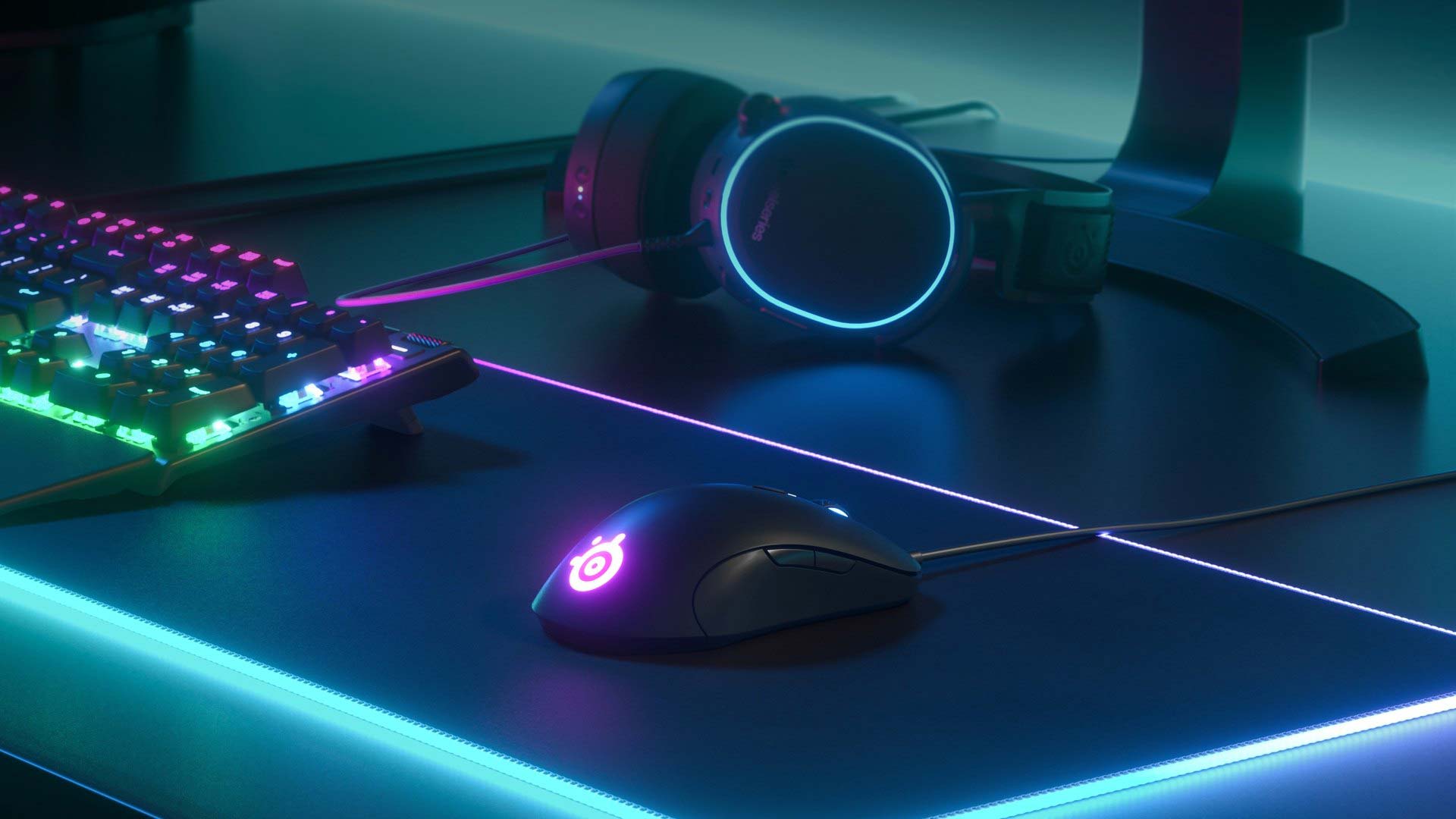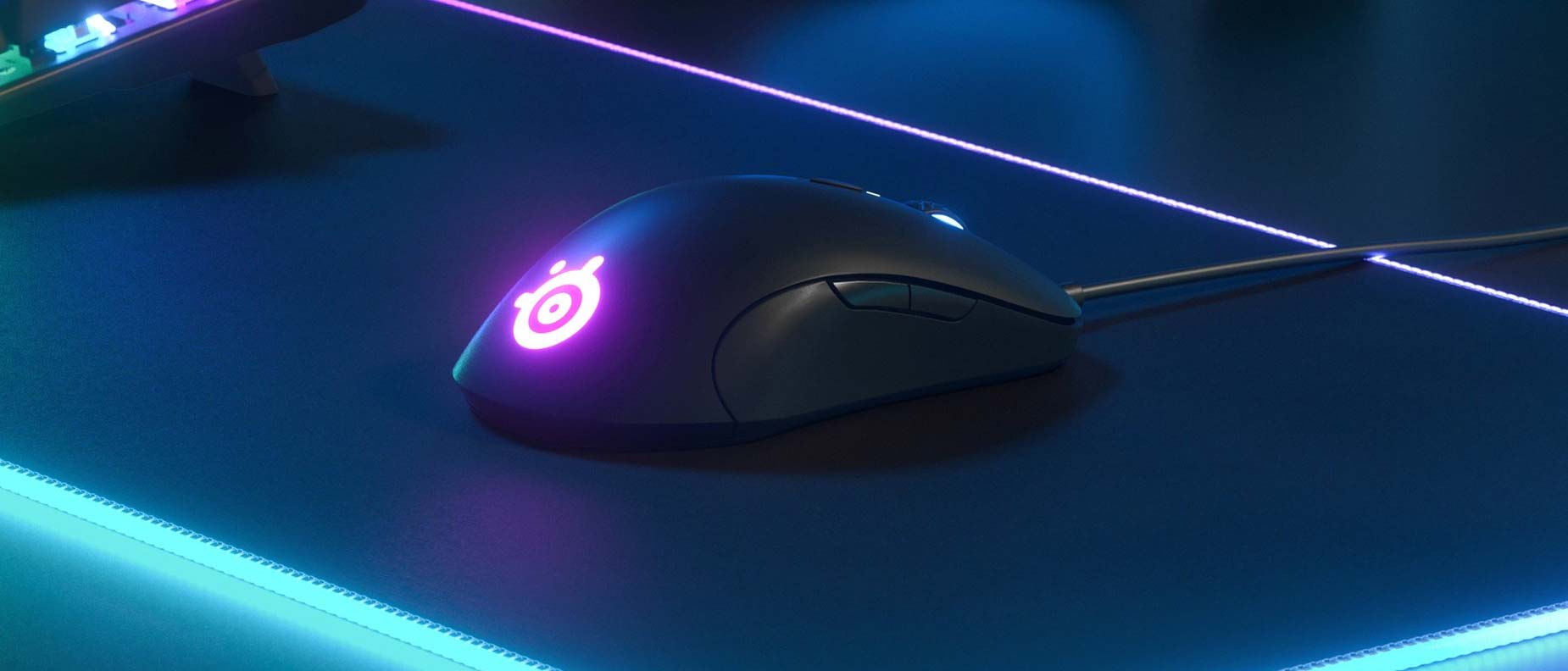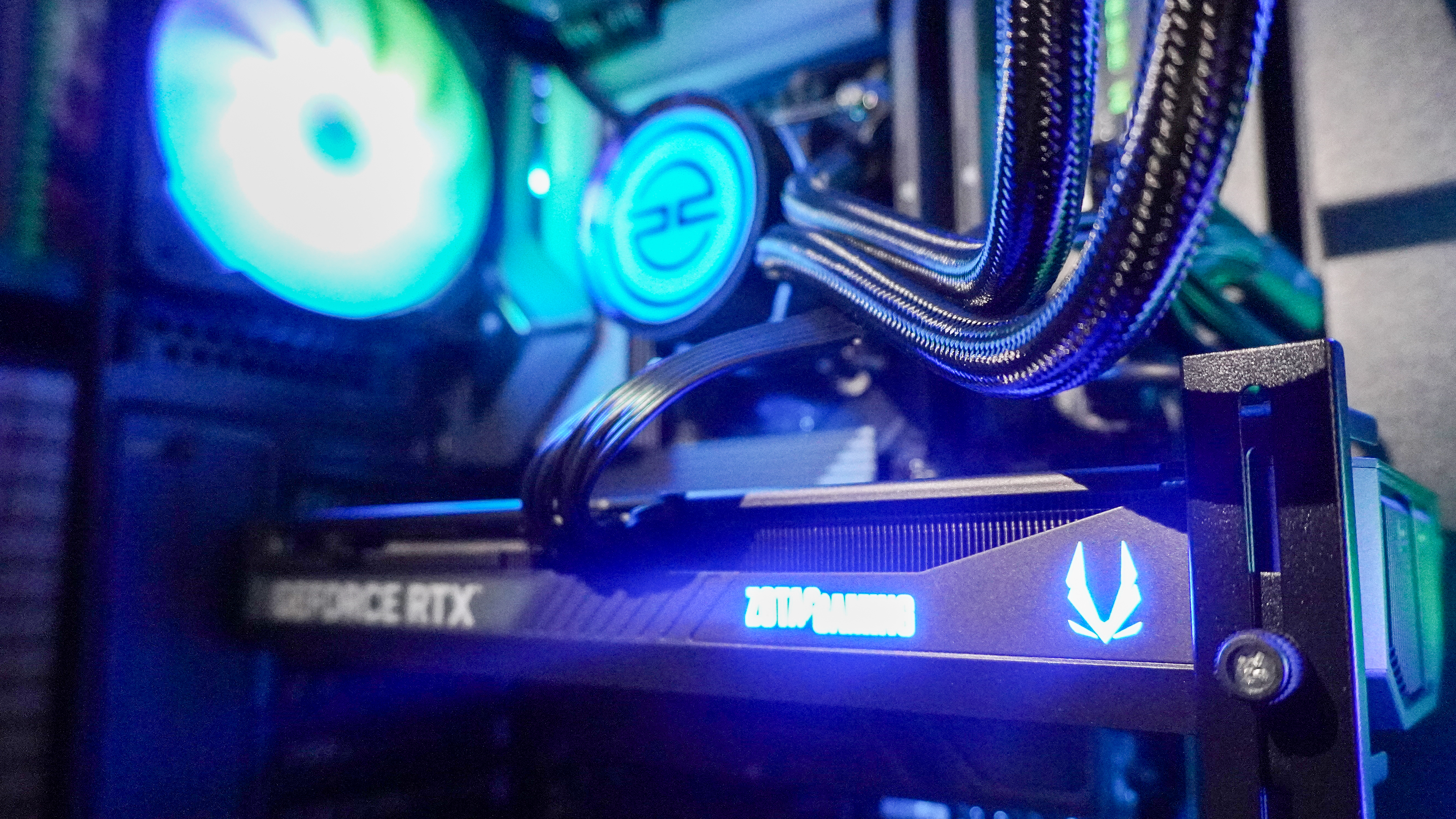Tom's Guide Verdict
The Sensei Ten may have a decade-old design, but it can handle modern games with the best of them.
Pros
- +
Comfortable grip
- +
Excellent performance
- +
Sensible software
- +
Classic design
Cons
- -
Not innovative
- -
Boring color palette
Why you can trust Tom's Guide
Even if you restrict yourself to just major manufacturers — Razer, Logitech, SteelSeries and so forth — you'll probably come across at least a dozen new gaming mice each year. A good design can last two years on the market; a great design can last five. But the SteelSeries Sensei Ten ($70) takes an even longer view: a 10-year-old mouse, updated with a new sensor and software, but otherwise unaltered.
The Sensei Ten celebrates 10 years of the SteelSeries Sensei mouse, which is one of the best gaming mice in the company’s arsenal. The device is symmetrical, low to the ground, has a variety of dots-per-inch (DPI) settings — and is still incredibly comfortable and functional in-game.
The Sensei Ten is not exactly ergonomic, and it's a little expensive, considering that you can buy much more advanced mice for only $10 more. But for sleek simplicity and a time-tested design, the Sensei Ten is as good now as it was back in 2009.
Design
The Sensei Ten looks almost identical to the SteelSeries Xai that debuted back in 2009. (The company renamed the mouse "Sensei" in 2011, although the design has remained the same for all this time.) The Ten is small (5.0 x 4.5 x 0.8 inches), with a perfectly symmetrical chassis and a very low profile. There's a left button, a right button, a clickable scroll wheel and a DPI-adjustment button on the peripheral's face. There are four thumb buttons: two on either side of the mouse. It's a good design, particularly for lefties, who don't have all that many options in the world of gaming mice.

The only major difference from the 2009 Xai, at least on the outside, is the color scheme. Whereas the Xai was a very attractive silver-and-black, the Sensei is a much plainer all-black. I would chalk this one up to the changing tastes of the gaming public (and the availability of RGB lighting, which gives the Sensei Ten's scroll wheel and palm rest some customizable color), but the mouse still looks a lot less distinctive than some of its predecessors.
MORE: How to Buy a Gaming Mouse
One feature that SteelSeries highlights is that the Sensei Ten is amenable to palm, claw and fingertip grips. Most mice work with two types of grip; some mice cater to only one. Whether you prefer to keep a death grip on your mouse or hold it as delicately as a piece of fine crystal, the Sensei Ten has you covered.
Features
One big benefit the Sensei Ten has over the original Xai is access to the SteelSeries Engine software. With it, you can adjust the DPI (between 50 and 18,000 — one of the widest ranges of any gaming mouse), program the thumb buttons, adjust the RGB lighting, and create profiles for individual games. It's all pretty straightforward, and I appreciate the fact that it's easy to sync up multiple pieces of hardware with a single game profile. You can also save five profiles to the mouse itself, in case you want to take it to a tournament.

Otherwise, there aren't too many differences between the SteelSeries and the Xai, save for its TrueMove Pro optical sensor and its increased durability (60 million clicks — more than a decade, even with heavy use).
MORE: Best Gaming Mouse - Top Mice for FPS, MMO and Wireless
I do have to wonder (and so did many fans, if the SteelSeries FAQ is any indication) why the company didn't offer a wireless variant this time around. After all, wireless-mouse technology has grown by leaps and bounds since 2009, and I don't doubt that many fans would be happy to shell out a little more money for a cordless design. For now, though, the Sensei Ten is a wired-only affair.
Performance
The Sensei Ten may have a decade-old design, but it can handle modern games with the best of them. I put the mouse through its paces with Overwatch, StarCraft: Remastered, GreedFall and Final Fantasy XIV. No matter the genre, the mouse was precise and responsive, whether I was dodging enemy fire in a first-person shooter or working my way through a skill rotation in a massively multiplayer online game.
Bottom line
Much like the original Sensei, the Sensei Ten is a very comfortable mouse with a fantastic design, and one of the best sensors currently available.
However, the tried-and-true design cuts both ways. Within $10 of the Sensei Ten, you could get the tunable weights and sniper button of the Logitech G502, the clever clutch controls of the Razer Basilisk, or the colorful customizability of the SteelSeries Rival 600. I'm not sure if there's been a "better" mouse since the Xai — that's subjective — but there are definitely more innovative ones.
If you had great experiences with the Xai back in the day and want something that'll probably last a little bit longer, the Sensei Ten is a solid purchase. Likewise, if you're a left-handed player or simply want a no-frills mouse that can handle just about any genre. It's not the flashiest mouse out there, but I wouldn't be at all surprised if the design persists for another 10 years.
Marshall Honorof is a senior editor for Tom's Guide, overseeing the site's coverage of gaming hardware and software. He comes from a science writing background, having studied paleomammalogy, biological anthropology, and the history of science and technology. After hours, you can find him practicing taekwondo or doing deep dives on classic sci-fi.


